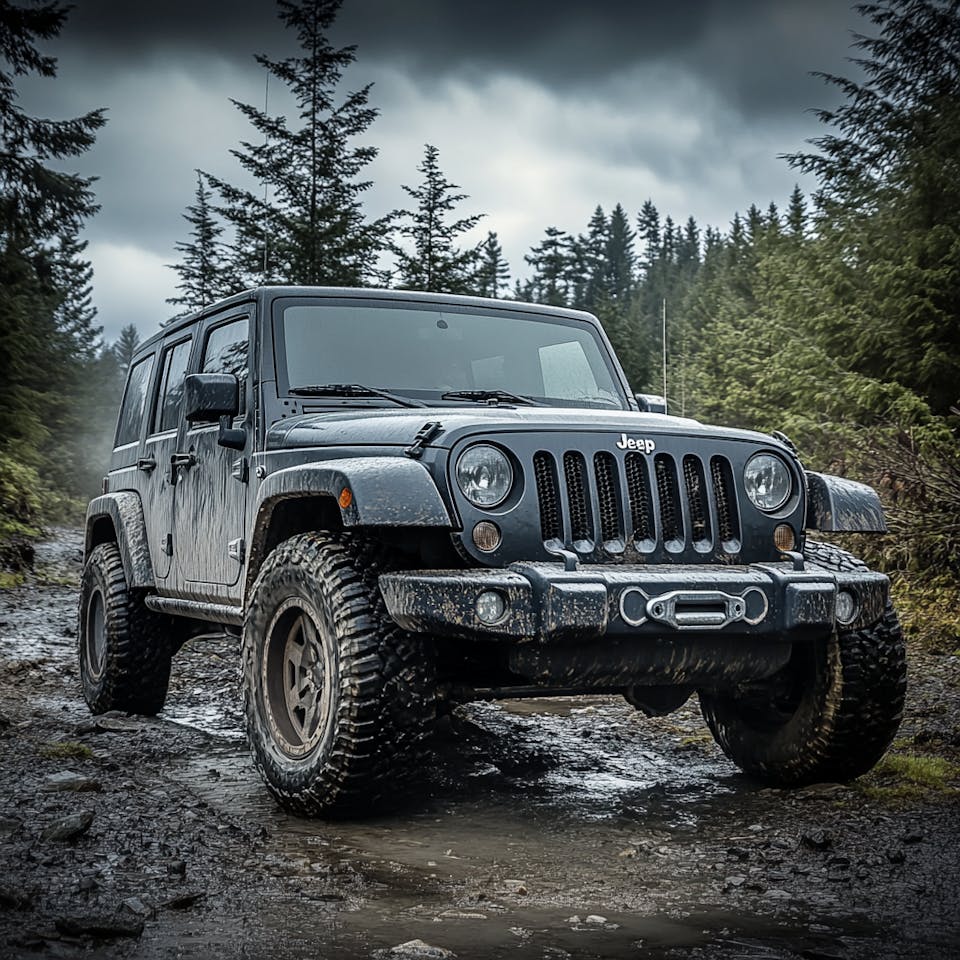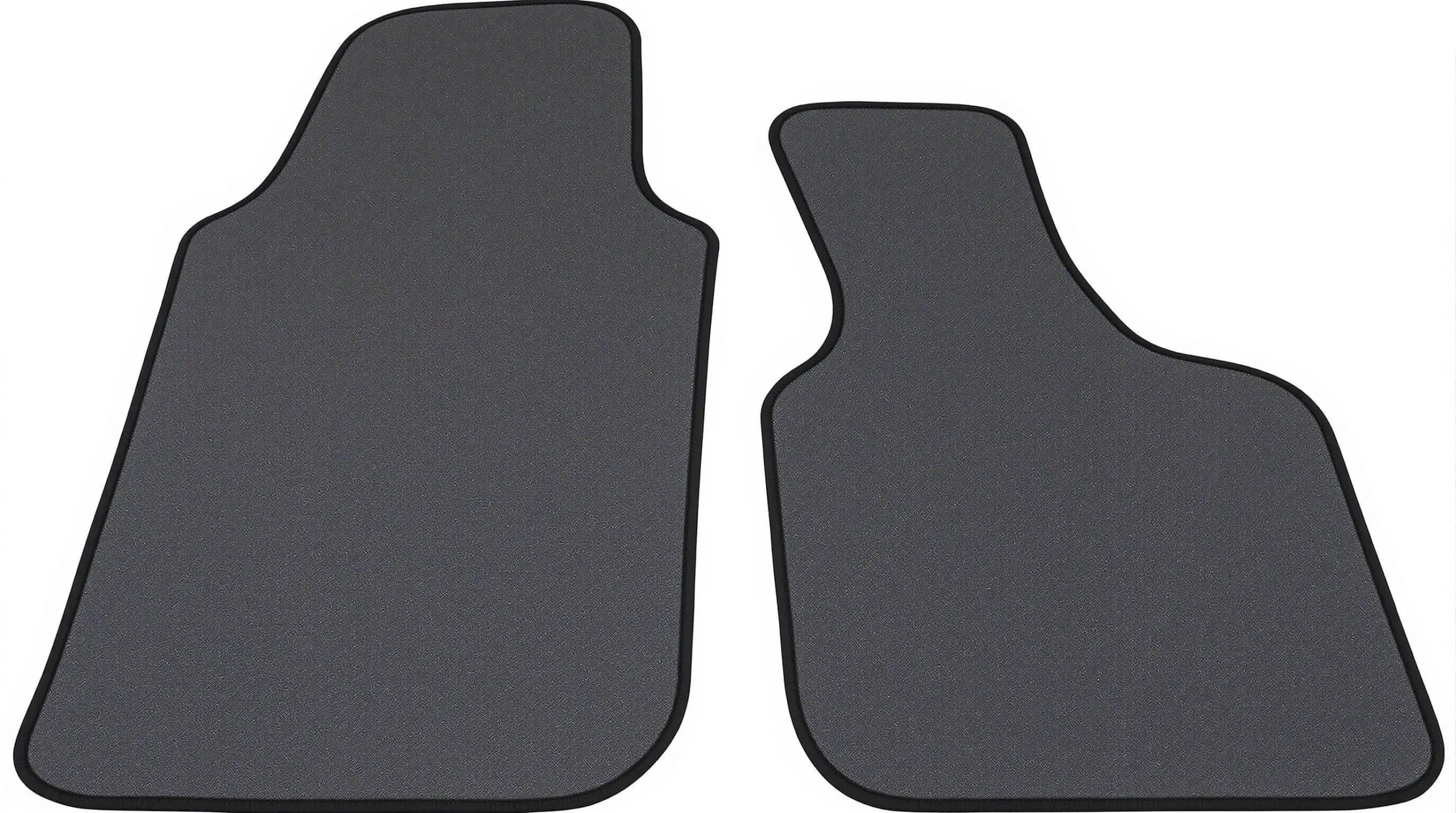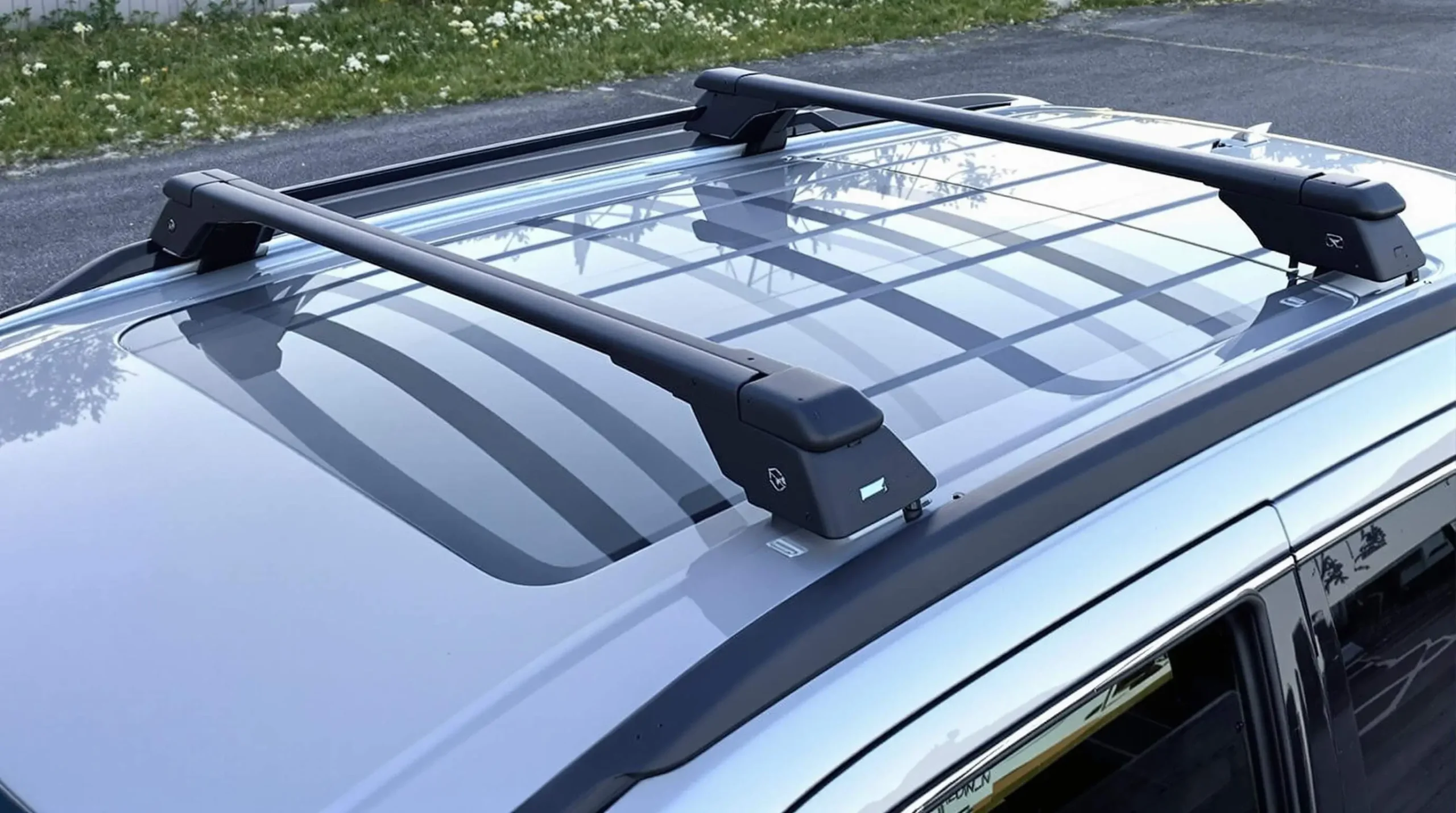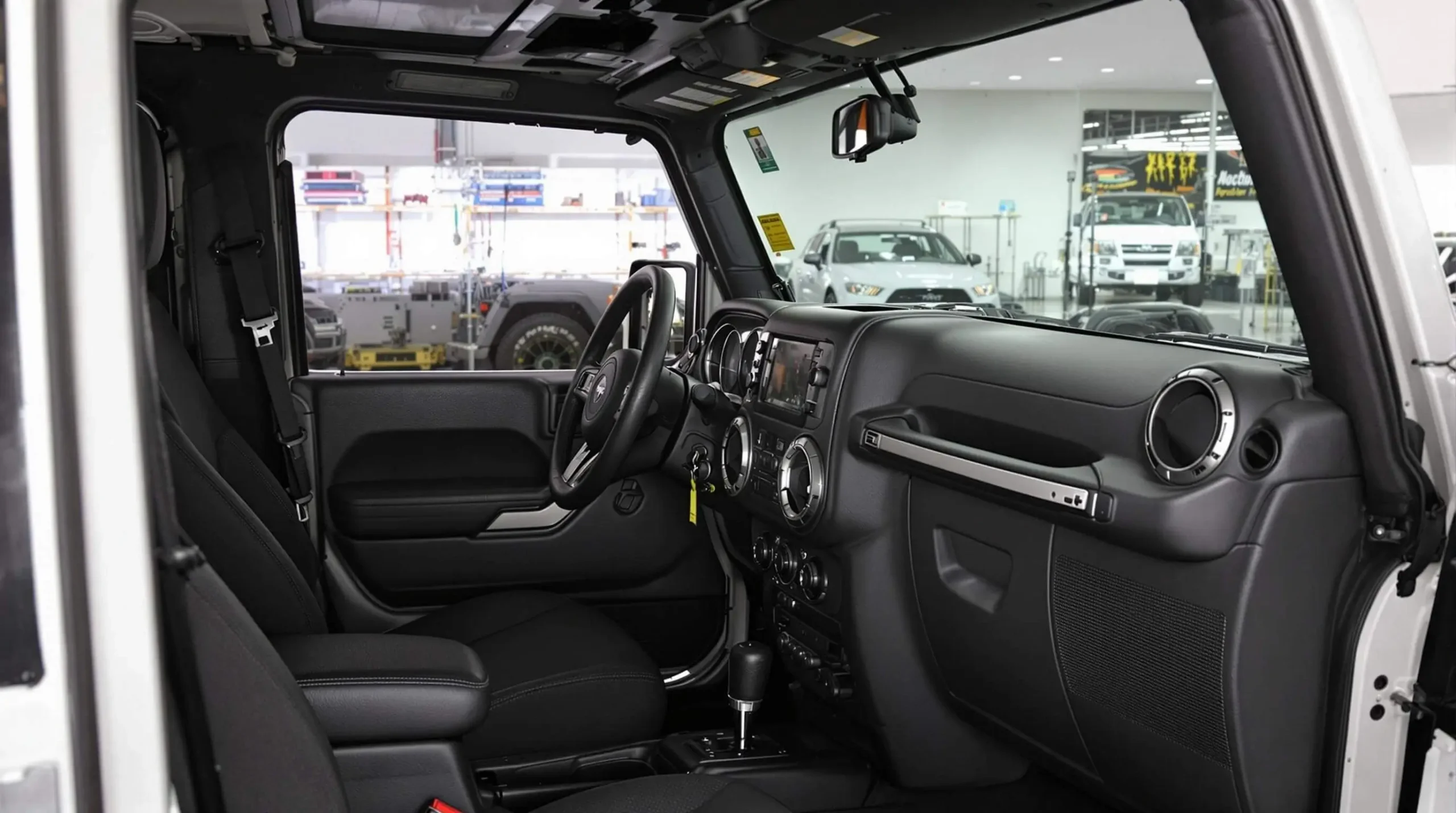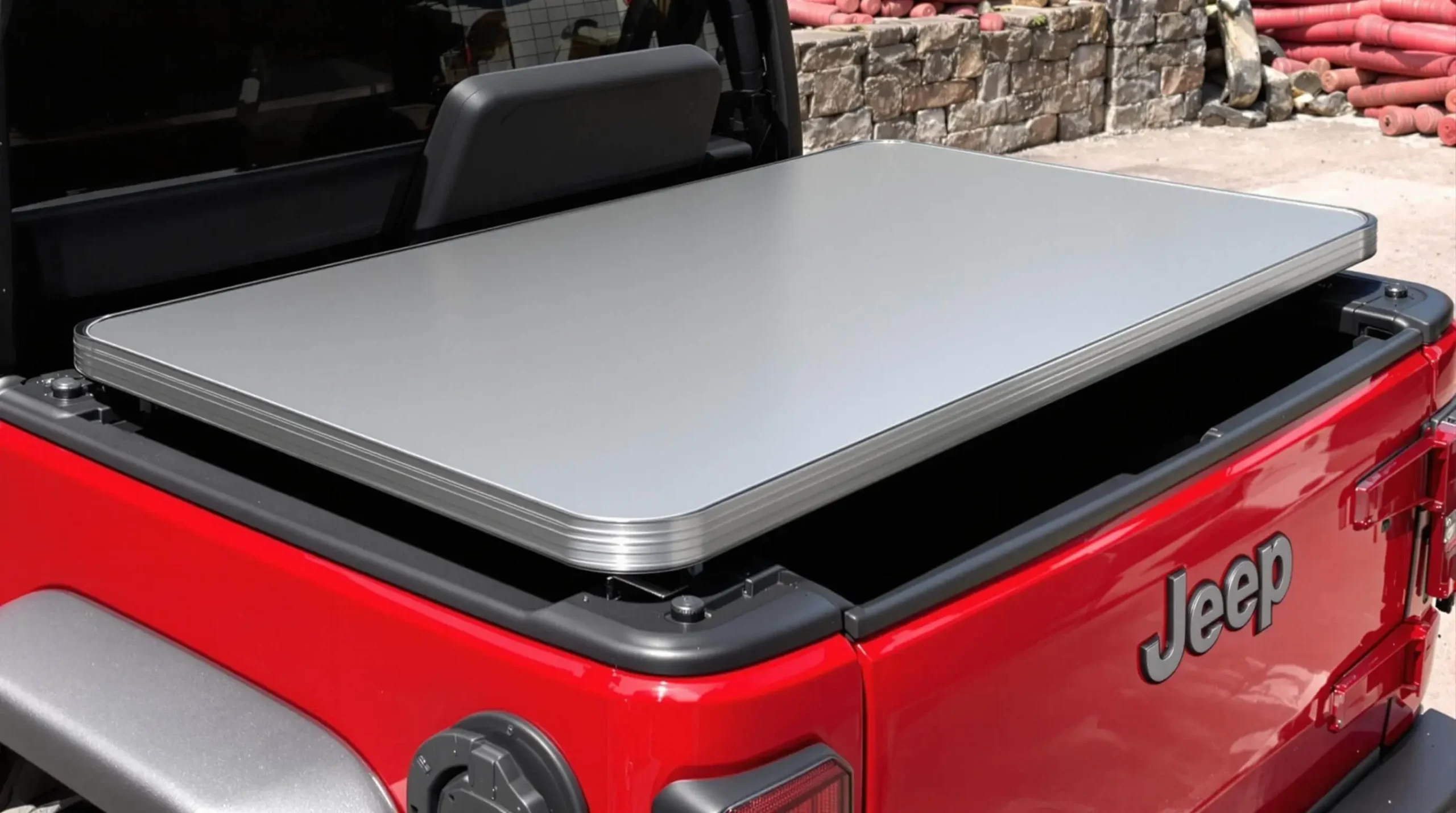Different Jeep Wrangler Models: Which One Fits Your Adventure Style?
Ever wondered what makes each Jeep Wrangler model unique beyond their rugged good looks? The difference between Jeep Wrangler models goes far beyond simple price points—each variant offers distinct capabilities designed for specific driving experiences, from casual weekend trails to extreme off-road adventures. This comprehensive guide breaks down all Jeep Wrangler models to help you choose the perfect companion for your journeys.
Key Takeaways
| Model | Best For | Key Features |
|---|---|---|
| Jeep Wrangler Sport | Budget-conscious buyers | Affordable, basic off-road capabilities |
| Jeep Wrangler Sahara | Balanced on-road and off-road use | Luxury features, all-terrain performance |
| Jeep Wrangler Rubicon | Hardcore off-road enthusiasts | Heavy-duty suspension, advanced 4×4 tech |
| Jeep Wrangler 4xe | Eco-friendly drivers | Hybrid engine, fuel efficiency |
| Jeep Wrangler High Altitude | Urban adventurers | Premium styling, luxury interior |
Exploring Different Jeep Wrangler Models
The Jeep Wrangler stands as an icon in the off-road world, offering various trim levels and special editions that cater to different driving preferences and lifestyle needs. From the baseline Sport to the trail-dominating Rubicon, each model presents unique features that set it apart in the Wrangler family.
Understanding Jeep Wrangler Trim Levels
The Jeep Wrangler lineup includes several distinctive trim levels, each providing a different balance of features and capabilities:
- Sport: As the entry-level option, the Sport offers the essential Wrangler experience at the most accessible price point. Perfect for first-time Jeep owners, it delivers core off-road capabilities without extra frills.
- Sport S: Building on the Sport’s foundation, the Sport S adds convenience features like power windows, power door locks, and air conditioning, making daily driving more comfortable while maintaining the Wrangler’s adventurous spirit.
- Sahara: Positioned as the comfort-oriented option, the Sahara blends off-road capability with added refinement. Its upgraded interior materials, larger infotainment screen, and enhanced exterior styling make it ideal for those who want a balance between trail performance and on-road comfort. If you’re wondering which Jeep Wrangler is best for highway driving, the Sahara often tops the list for its smoother ride quality.
- Rubicon: The crown jewel for off-road enthusiasts, the Rubicon comes equipped with heavy-duty Dana 44 axles, electronic locking differentials, an electronic disconnecting front sway bar, and 33-inch all-terrain tires. These features make it the most capable off-road production vehicle in the Wrangler lineup, ready to tackle extreme terrain straight from the factory.
- Willys and Willys Sport: These trims pay homage to Jeep’s military heritage while offering enhanced off-road features at a more accessible price point than the Rubicon. They include limited-slip differential, rock rails, and special decals that celebrate Jeep’s historic roots.
When comparing the difference between Jeep Wrangler models, it’s important to consider how each trim aligns with your specific needs. For those prioritizing reliability in their selection, our guide to the most reliable Jeep Wrangler models provides essential insights.
Special Editions and Unique Variations
Beyond standard trim levels, Jeep regularly releases special edition Wranglers that offer unique styling and exclusive features:
- Freedom Edition: A tribute to U.S. military service members, featuring special badging and patriotic accents.
- Rubicon 392: For performance enthusiasts, this rare variant packs a 6.4-liter V8 engine delivering 470 horsepower and 470 lb-ft of torque, making it the most powerful Wrangler ever produced.
- High Tide: Designed specifically for beach adventures with special water-resistant features and unique styling cues.
- Rubicon Recon: An even more extreme version of the already capable Rubicon, featuring reinforced components and enhanced protection for the most challenging off-road conditions.
These special editions complement Jeep’s broader SUV lineup, which you can explore in our comprehensive Jeep SUV models guide.
Performance and Capabilities
The performance capabilities of different Jeep Wrangler models vary significantly, enabling buyers to select the variant that best matches their driving requirements.
Engine Options and Horsepower
Jeep Wrangler models offer several powertrain options to suit different performance needs:
- 3.6-liter Pentastar V6: The standard engine for most Wrangler models, delivering 285 horsepower and 260 lb-ft of torque, providing reliable power for both daily driving and moderate off-roading.
- 2.0-liter Turbocharged Four-Cylinder: This more fuel-efficient option produces 270 horsepower and 295 lb-ft of torque, with the turbocharger providing strong low-end power delivery.
- 3.0-liter EcoDiesel V6: Available in four-door models, this diesel engine offers 260 horsepower and an impressive 442 lb-ft of torque, perfect for those who need superior towing capability and fuel economy.
- 6.4-liter V8 (Rubicon 392): The most powerful factory engine, generating 470 horsepower and 470 lb-ft of torque, designed for those who want exhilarating performance both on and off the road.
Each engine option pairs with either a six-speed manual transmission (V6 only) or an eight-speed automatic transmission, allowing drivers to choose their preferred driving experience.
Off-Road Technologies
What truly separates the different Jeep Wrangler models is their off-road technology packages:
- Command-Trac 4×4 System: Featured in Sport and Sahara models, this part-time four-wheel-drive system provides a 2.72:1 low-range gear ratio for handling challenging trails.
- Rock-Trac 4×4 System: Exclusive to the Rubicon, this advanced system includes a more aggressive 4:1 low-range gear ratio, giving drivers enhanced control during extreme off-road maneuvers.
- Tru-Lok Electronic Locking Differentials: Standard on Rubicon models, these allow both wheels on an axle to turn at the same rate regardless of traction conditions, significantly improving capability in difficult terrain.
- Electronic Front Sway Bar Disconnect: Another Rubicon exclusive, this feature allows for increased suspension articulation when navigating uneven terrain.
Towing and Utility
The different Jeep Wrangler models offer varying levels of towing capacity:
- Two-door models: Can typically tow up to 2,000 pounds
- Four-door models: Can tow up to 3,500 pounds
- Diesel-equipped variants: Offer the maximum towing capability in the lineup
These towing capacities make the Wrangler suitable for hauling small boats, camping trailers, or utility trailers, adding to its versatility as an adventure vehicle.
Hybrid and Fuel Efficiency
The introduction of the Wrangler 4xe hybrid represents a significant evolution in the model lineup:
- Wrangler 4xe: Combines a 2.0-liter turbocharged engine with electric motors to produce 375 horsepower and 470 lb-ft of torque
- Electric Range: Offers up to 21 miles of all-electric driving
- Fuel Economy: Achieves an equivalent of 49 MPGe when operating in hybrid mode
This innovative addition to the Wrangler family appeals to environmentally conscious buyers who still want the iconic Jeep off-road experience without compromising on performance or capability.
Design and Features
The design elements and feature sets vary significantly across different Jeep Wrangler models, providing options for diverse preferences and needs.
Exterior and Interior Design
Each Jeep Wrangler model presents distinct styling elements:
- Sport: Features the classic Wrangler silhouette with 17-inch steel wheels and basic black fender flares
- Sahara: Elevates the exterior with body-colored fender flares, 18-inch aluminum wheels, and additional chrome accents
- Rubicon: Displays a more aggressive stance with high-clearance fender flares, 33-inch all-terrain tires, and distinctive red tow hooks
All Wrangler models maintain the iconic seven-slot grille and round headlights that have defined the brand for decades. Two-door and four-door (Unlimited) body styles are available across most trim levels, with the four-door offering 41% more cargo space and improved rear-seat legroom.
Interior appointments correlate with each model’s positioning:
- Sport: Features cloth seats and basic amenities
- Sahara: Offers premium cloth or optional leather-trimmed seating with a leather-wrapped steering wheel
- Rubicon: Includes unique red accent stitching and performance-oriented interior elements
Comfort and Convenience
Comfort features vary considerably between different Jeep Wrangler models:
- Climate Control: Ranges from manual air conditioning in the Sport to dual-zone automatic climate control in higher trims
- Seating: Options progress from basic cloth to premium leather with heating functionality
- Convenience Features: Range from manual windows and locks in base models to keyless entry and push-button start in premium variants
The four-door Unlimited models offer significantly more passenger space, making them the preferred choice for families or those who regularly travel with multiple passengers.
Safety and Security
Safety features have become increasingly important across all Jeep Wrangler models:
- Standard Safety: All models include electronic stability control, electronic roll mitigation, and advanced multistage front airbags
- Available Safety Tech: Higher trims offer blind-spot monitoring, rear cross-path detection, and forward collision warning
- Security Features: Range from basic theft deterrent systems to advanced security alarms with remote operation
According to the Insurance Institute for Highway Safety (IIHS), newer Wrangler models have shown improved safety ratings compared to previous generations, addressing one of the historical concerns about the vehicle.
Technology and Connectivity
The technology offerings represent one of the most significant differences between Jeep Wrangler models:
- Infotainment: Systems range from the basic 5-inch Uconnect display in the Sport to the premium 8.4-inch touchscreen with navigation in the Sahara and Rubicon
- Connectivity: All current models offer smartphone integration through Apple CarPlay and Android Auto
- Audio: Options vary from an eight-speaker system to the premium Alpine audio system with subwoofer and 552-watt amplifier
Higher trim levels also include additional USB ports, 115-volt power outlets, and an auto-dimming rearview mirror with integrated LED map lights.
Brand and Reliability
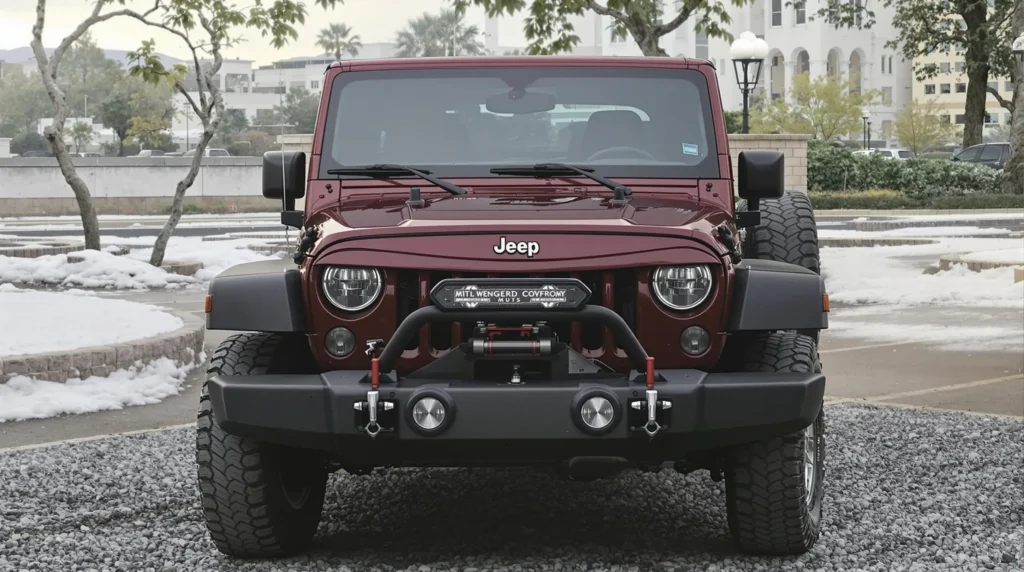
The Jeep brand carries significant heritage weight in the off-road vehicle market, influencing consumer perceptions of different Wrangler models.
Jeep’s Heritage and Philosophy
The Wrangler’s lineage traces directly to the original military Jeeps of World War II, with each generation maintaining the core design elements and capabilities that define the brand:
- Seven-slot grille: A distinctive feature dating back to the original military design
- Removable doors and roof: Preserving the open-air driving experience that has defined Jeep vehicles for generations
- Fold-down windshield: A unique feature that connects modern Wranglers to their utilitarian roots
This adherence to tradition while incorporating modern technology embodies Jeep’s philosophy of “Go Anywhere, Do Anything,” which resonates strongly with its loyal customer base.
Reliability and Ownership Experience
Reliability varies between different Jeep Wrangler models and production years:
- JK Generation (2007-2018): Earlier models faced some reliability challenges, particularly with electrical systems and powertrain components
- JL Generation (2018-present): Has shown improved reliability ratings according to Consumer Reports, with fewer reported issues
According to data from RepairPal, the Wrangler earns a reliability rating of 3.5 out of 5.0, ranking it 25th out of 26 compact SUVs. However, this statistical ranking doesn’t fully capture the ownership experience, as many owners prioritize the vehicle’s unique capabilities over conventional reliability metrics.
The total cost of ownership varies significantly between models:
- Sport: Offers the lowest initial purchase price and generally lower maintenance costs
- Rubicon: Commands a premium price and may incur higher maintenance costs due to specialized components
- 4xe: Represents the highest initial investment but may offer long-term savings through reduced fuel consumption
Resale value remains exceptionally strong across all Wrangler models, with the vehicle consistently ranking among the top in the industry for value retention.
Pricing and Value
Understanding the financial aspects of different Jeep Wrangler models helps buyers determine which variant offers the best value for their specific needs.
Cost of Ownership and Resale Value
The initial purchase price represents only part of the ownership equation. Here are the current 2024 starting MSRPs:
- Sport (Two-Door): Starting at $32,095
- Sport S (Two-Door): Starting at $35,395
- Willys (Two-Door): Starting at $39,495
- Rubicon (Two-Door): Starting at $45,395
- Sport (Four-Door): Starting at $35,595
- Sport S (Four-Door): Starting at $38,995
- Sahara (Four-Door only): Starting at $45,595
- Rubicon (Four-Door): Starting at $48,995
- Rubicon X (Four-Door): Starting at $58,595
- 4xe Sahara: Starting at $54,765
- 4xe Rubicon: Starting at $61,990
- Rubicon 392: Starting at $89,290
Long-term ownership costs vary significantly by model:
- Fuel Economy:
- 3.6L V6: 17 city / 23 highway MPG
- 2.0L Turbo 4-Cylinder: 22 city / 24 highway MPG
- 3.0L EcoDiesel: 22 city / 29 highway MPG
- 4xe Hybrid: 49 MPGe combined with approximately 20 miles of electric-only range
- Rubicon 392: 13 city / 17 highway MPG
- Insurance: Average annual insurance cost of approximately $1,780, with premium models like the Rubicon 392 and 4xe typically costing 15-25% more to insure
- Maintenance: Average annual maintenance cost of about $694, which is higher than the typical SUV. Rubicon models with specialized off-road components may incur 10-20% higher maintenance costs over time
The Jeep Wrangler consistently ranks among the top vehicles for resale value according to recent studies from Kelley Blue Book and iSeeCars. After five years, current data shows Wranglers typically retain about 58% of their original value, significantly outperforming the industry average of approximately 40%.
The Rubicon trim and limited special edition models often command the strongest resale percentages, making them potentially better long-term investments despite their higher initial cost. This exceptional value retention is one reason why many Jeep enthusiasts justify the premium pricing of higher-end models.
Frequently Asked Questions
Here are answers to common questions about different Jeep Wrangler models to help you make an informed purchase decision.
What are the key differences between various Jeep Wrangler trims?
The main differences between Jeep Wrangler trims involve off-road capability, comfort features, and price. The Sport offers basic features at an entry-level price point. The Sport S adds convenience features like power windows and air conditioning. The Sahara focuses on better on-road comfort and style with larger wheels and body-colored fender flares. The Rubicon maximizes off-road capability with locking differentials, disconnecting sway bars, and specialized off-road tires.
How can I compare different Jeep Wrangler models side-by-side?
The most effective way to compare Wrangler models is by visiting Jeep’s official website, which offers a comparison tool for different trims. Focus on comparing key specifications like ground clearance, approach/departure angles, engine options, and standard features. Consider your primary usage (daily driving vs. weekend off-roading) to determine which features matter most for your lifestyle.
What are the known issues in specific Jeep Wrangler models to be aware of?
Common issues vary by generation. The JK models (2007-2018) sometimes experienced “death wobble” (steering vibration at highway speeds), electrical problems, and engine oil leaks. The newer JL generation (2018-present) has had fewer issues overall but some early models experienced steering system concerns. The 2.0L turbocharged engine had some early reliability challenges that have largely been addressed in newer model years.
Can you list the Jeep Wrangler models available in the 2022 lineup?
The 2022 Jeep Wrangler lineup includes: Sport, Sport S, Willys Sport, Willys, Sport Altitude, Sahara, Sahara Altitude, High Altitude, Rubicon, Rubicon 392, and 4xe (available in Sahara, Rubicon, and High Altitude trims). Each offers different features and capabilities tailored to specific user needs and preferences.
What distinguishes the Jeep Wrangler Sahara from other Jeep Wrangler submodels?
The Sahara stands out for its balance of on-road comfort and off-road capability. It features body-colored fender flares, 18-inch polished aluminum wheels, and a more refined interior with upgraded cloth or optional leather upholstery. The Sahara also includes a larger 8.4-inch Uconnect touchscreen system and comes standard with dual-zone automatic climate control. It’s only available in the four-door Unlimited body style, making it more family-friendly than some other Wrangler variants.
Between the Jeep Wrangler Sahara and Rubicon, which offers better off-road capability?
The Rubicon definitively offers superior off-road capability compared to the Sahara. It features heavy-duty Dana 44 front and rear axles, a 4:1 low-range transfer case (compared to the Sahara’s 2.72:1), electronic locking front and rear differentials, electronic sway bar disconnect, and 33-inch all-terrain tires. These specialized components make the Rubicon the preferred choice for serious off-road enthusiasts tackling challenging terrain. The Sahara, while still capable off-road, is better suited for those who drive primarily on pavement but occasionally venture onto moderate trails.

